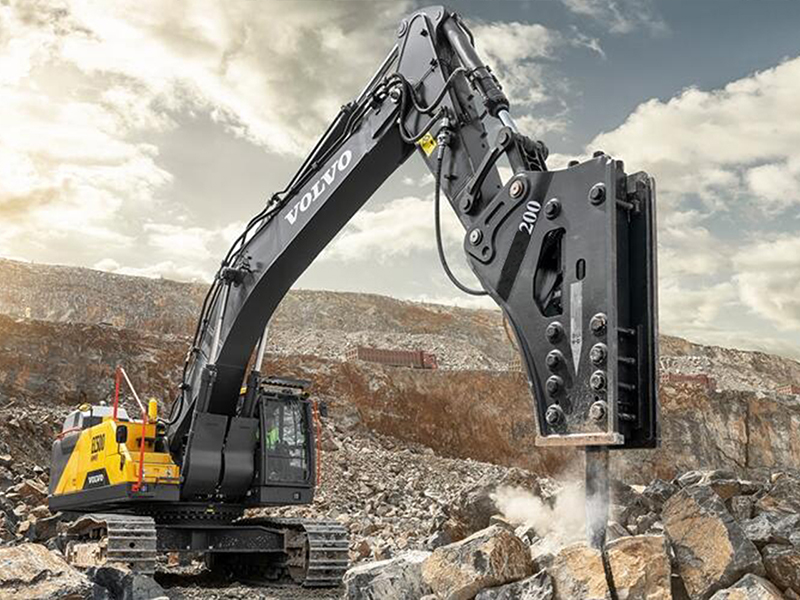Product
News
- Soosan SB121 Hydraulic Breaker for Chile – Precision Manufacturing from a Full‑Chain Chinese Factory
- High‑Performance Mini Excavator Breaker Hammer — Compact Power for Efficient Demolition and Rock Breaking
- Inside Hanyun’s Production of the SB40 Hydraulic Breaker – Precision Engineering from Raw Steel to Final Assembly
- Zhengzhou Hanyun Hydraulic Breaker — Furukawa HB30G Assembly Precision & Special Offer for Egypt Customer
- Backhoe Demolition 30 Ton Excavator Top Side Box Type Rock Hammer Hydraulic Breakers for Excavator
- Furukawa HB20G Manufactured by Hanyun: High‑Quality Hydraulic Breaker Ready for Shipment to Egypt
contacts
Contacts:Jacky Zhang
Phone:+8618937103255
Email:hanyunpsq@gmail.com
Address:No. 167, Xuchang Road, Shangjie District, Zhengzhou City
News
What is the reason for the low working efficiency of hydraulic breaker?
Reasons for Low Working Efficiency of Hydraulic Breaker:
-
Incorrect Hydraulic Pressure and Flow Rate: One of the primary reasons for diminished working efficiency in a hydraulic breaker is operating with incorrect hydraulic pressure and flow rates. Inadequate pressure can result in weak impact forces, making it challenging to break through tough materials effectively. Similarly, if the flow rate is too low, the breaker may not receive enough hydraulic fluid to operate at its optimal capacity. Ensuring that the hydraulic pressure and flow rates are set within the manufacturer's recommended range is crucial for maintaining peak performance.
-
Material Hardness and Composition Challenges: The composition and hardness of the material being worked on can significantly impact the efficiency of a hydraulic breaker. Harder materials require higher impact forces to break through, and if the breaker is not appropriately matched to the material's properties, efficiency can be compromised. Adapting the breaker's settings or using specialized tools for different material types can help improve overall efficiency and productivity.

Excavator Attachments Hydraulic Breaker Excavator Hammer Hydraulic Rock Breaker
Strategies to Enhance Hydraulic Breaker Efficiency:
-
Regular Maintenance and Inspection: Consistent maintenance practices, including routine inspections, lubrication, and part replacements, are essential for sustaining the efficiency of a hydraulic breaker. Monitoring the condition of seals, hoses, and other components can help identify potential issues early on and prevent operational inefficiencies.
-
Operator Training and Awareness: Proper training for operators on the correct use and maintenance of the hydraulic breaker can contribute significantly to its efficiency. Operators should be educated on best practices, including monitoring hydraulic system indicators, adjusting settings as needed, and recognizing signs of potential problems.
-
Optimizing Tool Configuration: Ensuring that the tools, such as chisels, are properly adjusted, sharpened, and replaced when worn is crucial for maintaining efficiency. Using the correct tool for the specific application and material type can maximize the breaker's impact and overall performance.
-
Environmental Considerations: Factors such as operating temperatures and working conditions can impact the efficiency of a hydraulic breaker. Monitoring and regulating operating temperatures, providing adequate cooling, and protecting the equipment from extreme environmental conditions can help maintain optimal efficiency levels.
By addressing these detailed factors and implementing proactive strategies, operators can enhance the working efficiency of hydraulic breakers, leading to improved productivity, reduced downtime, and longer equipment lifespan.











